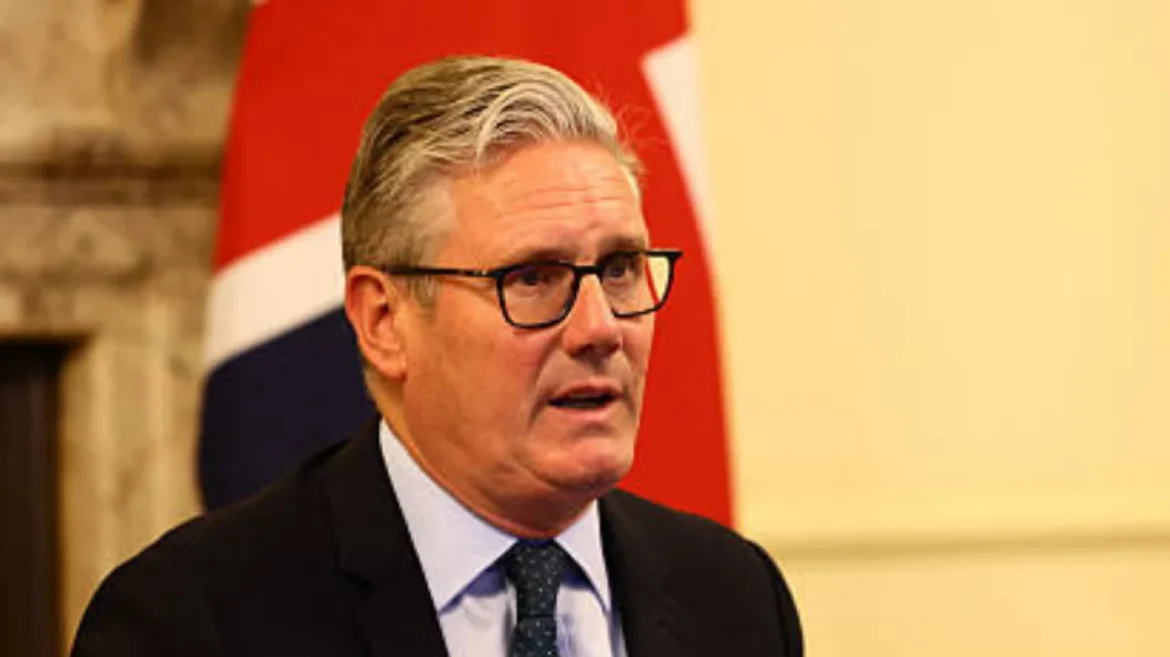Keir Starmer, the new Prime Minister of the UK, has instigated another leadership change by replacing the Principal Private Secretary (PPS) in his team at Downing Street, marking a significant shift in the top ranks of the UK government. The action is the third turnover of a high-level aide since he took office, and this underscores the trend of reshuffles as more questions are raised on his leadership course.
The incumbent PPS, Nin Pandit, is retiring and will move to a new position, which will work on policy delivery in No. 10. This is after earlier exits of Chief of Staff Sue Gray and Director of Communications Matthew Doyle. Every change is an indication of a shifting internal organization by Keir Starmer in an attempt to refine processes within the centre of government.
Even though certain sources state that Pandit was not quite a good fit to perform the strenuous job, the official channels claim that she is still a trusted and respected part of the team. In any case, the reshuffling highlights the pressure building up in Downing Street in its quest to cement the leadership in anticipation of future policy wars and governance struggles.
What Is the Importance of this Change?
The principal private secretary is one of the most serious positions in the UK civil service. It puts the official in the middle of the day-to-day running of the government, blocking the prime minister, scheduling, and making sure the important decisions are executed effectively. Any slip on such a position would directly affect the effectiveness of the prime minister.
Considering the sensitivity of the role, the move by Keir Starmer to replace Pandit can be viewed as a strategic rebalancing that is geared towards better delivery of the government policy agenda. It is also against the backdrop of tensions that have been reported in the administration as a result of overlapping roles in the policy team. Here is the link to our article on Reform’s Tough Decisions.
Who is filling the Concealed Dead?
As Pandit will remain in government in a senior position, it is still uncertain who will succeed as the principal secretary of the private office. What is evident is that Downing Street is also evaluating internal organization to enhance performance. The search can be specific to candidates who have long experience in coping with the Whitehall environment and managing complicated political relationships.
Part of this has been raised by some insiders questioning the lack of Whitehall exposure of Pandit, who has a background in health policy and NHS administration. Such experience as she had, though impressive, might not have equipped her to withstand the comprehensive requirements of a leading Downing Street office.
What does this imply for the Leadership of Starmer?
Such high turnover of staff questions the management style of Keir Starmer and the integrity of his management team. Whilst reshuffles may be an element of a healthy strategy change, a change can be ignored when there are several transitions within the space of a year. Those who oppose this trend state that it negates continuity and will disrupt the implementation of the policy.
To further compound the issue, critics of Starmer have used the reshuffle to challenge his willingness to lead, citing no direction and having to restart over and over again to deal with internal crisis.
Are More Changes Expected in Government?
As parliament returns following its summer recess, a wider reshuffle of junior ministers is beginning to emerge as a possibility. There are indications of a broader restructuring in the offing and internal party discussions, and recent parliamentary unrest. This might be used to consolidate power as well as to infuse new vigor into political priorities as the next political cycle begins.
Final Thoughts
Keir Starmer’s decision to replace a third top aide in less than a year signals more than just personnel changes—it highlights a shifting strategy under a government facing performance pressures. His leadership team’s choices will be critical in shaping both the success of his administration and public perception. While change can suggest progress, it must also deliver tangible outcomes. The public and political observers will closely watch to see if these actions strengthen governance or expose deeper internal flaws.


